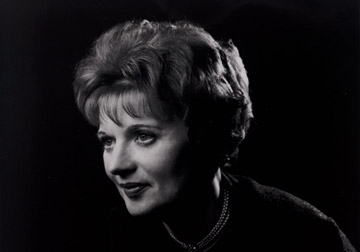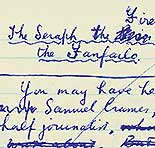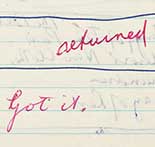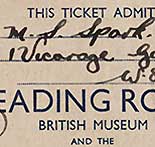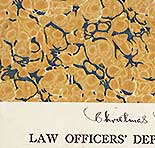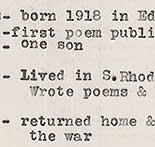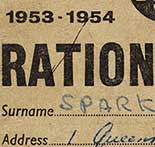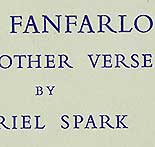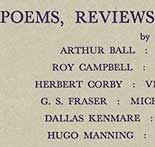Getting published
When peace came in 1945, Muriel Spark began her critical apprenticeship as a journalist at 'Argentor', the official journal of the National Jewellers' Association, and started writing seriously. She was already becoming well-known by the time she took up the post of editor of the 'Poetry Review', the journal of the Poetry Society.
Muriel left the Poetry Society after a disagreement over her policy of publishing new writers. Her own writing was becoming more important, with the encouragement of supporters such as established author Graham Greene. This was a turning point in her life, not least because it was now that she decided to create her archive.
In December 1951, her entry in 'The Observer' newspaper's short-story competition triumphed over 6,700 others to take first prize. The success of 'The Seraph and The Zambesi' stimulated her to write fiction.
Muriel the poet had her first collection of poems, 'The Fanfarlo and Other Verse', published in 1952. Aside from poetry, she was producing articles and books of criticism at this point in the early 1950s. Extensive reading and research resulted in her writing seven critical studies and editions — on Mary Wollstonecraft Shelley, Emily Brontë, William Wordsworth, and John Masefield — in the period leading up to her crucial decision to join the Roman Catholic Church in 1954.
